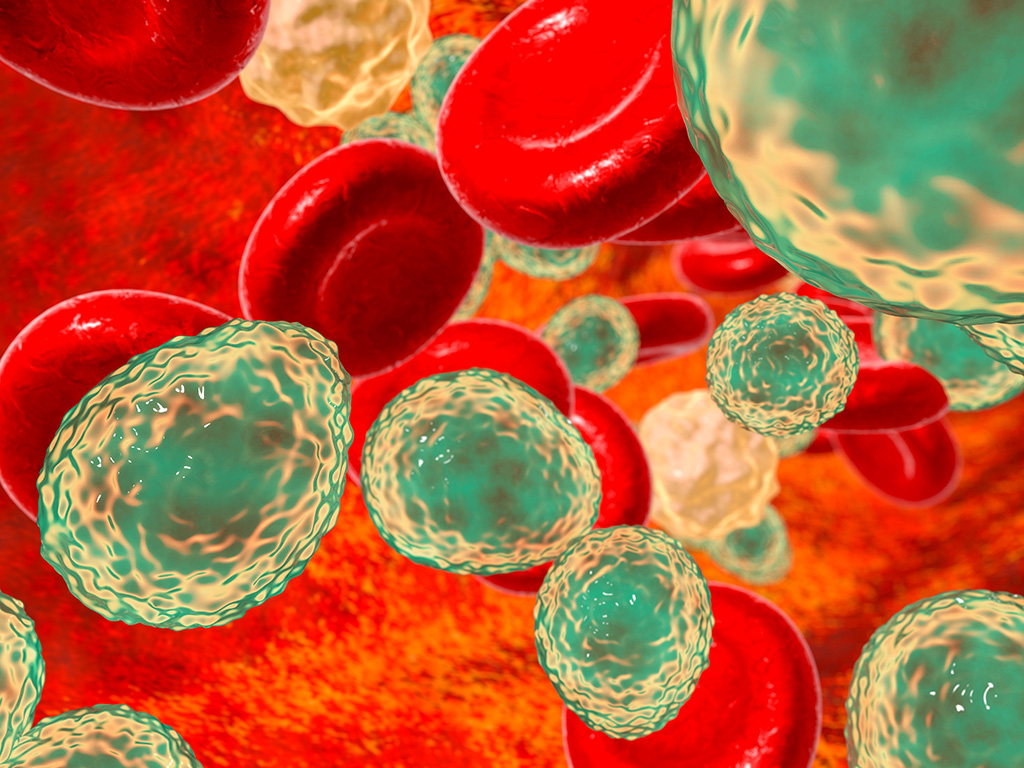Super drugs for superbugs: Interdisciplinary team seeks therapies to stop fungi that resist treatment

Developing new anti-fungal treatments is a rising health priority due to an alarming rise in multidrug-resistant fungal “superbugs” that evade medications clinicians have relied on for decades.
Now, a Texas A&M University System team’s work is launching the next steps toward the discovery of new antifungal medications.
Drug-resistant fungal species affect at least 3.6 million people annually in the United States alone, with a direct medical cost of $3 billion. Fungal infections can progress to severe illness or death, and the window for effective treatment is short. Hospital patients with suppressed immune systems are particularly vulnerable to these pathogens.
However, fungal cells share many similarities with human cells, so treatments effective against fungi can have undesired toxic effects on human cells. Newly developed drugs must efficiently limit fungal survivability without causing additional complications in patients.
Therefore, identifying both the right targets in fungi and the small molecule inhibitors that restrain those target activities with exquisite sensitivity are necessary first steps in antifungal drug discovery.
Both these first steps were achieved in a study recently published in the Journal of Biological Chemistry. The study’s senior authors are Tatyana Igumenova, associate professor in the Department of Biochemistry and Biophysics at the Texas A&M College of Agriculture and Life Sciences, and Vytas Bankaitis, the E.L. Wehner-Welch Chair in the Department of Cell Biology and Genetics at the Texas A&M University School of Medicine. Xiao-Ru Chen, the lead author of the work, is a graduate student in the Department of Biochemistry and Biophysics.
Specifically, the research team uncovered how diverse small molecules inhibit an essential regulator of a fungal signaling molecule called Sec14.
Sec14 is a protein that executes membrane trafficking functions that fungal cells need to grow and form biofilms. It is also essential for fungal survival and disease development in pathogenic fungi.
Grants from the National Institutes of Health and the Robert A. Welch Foundation helped fund the research.

